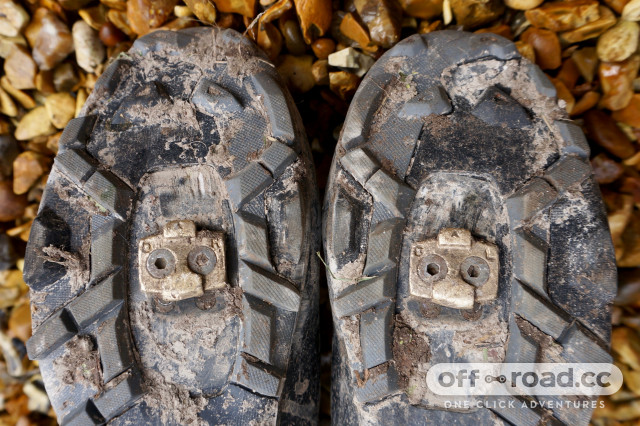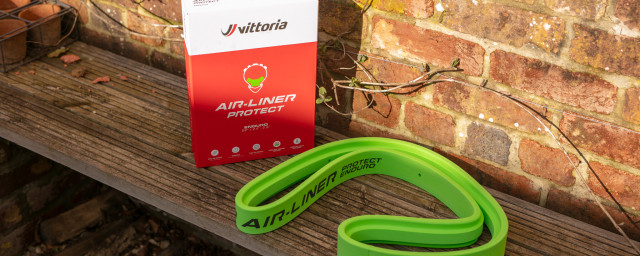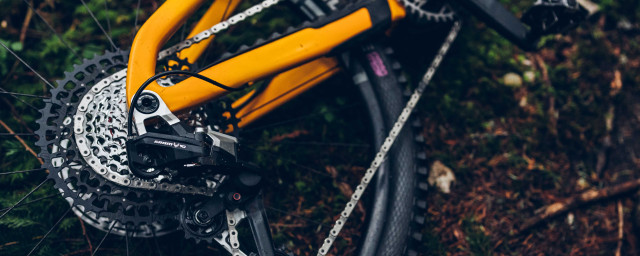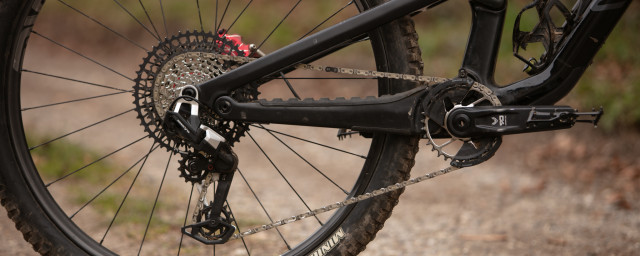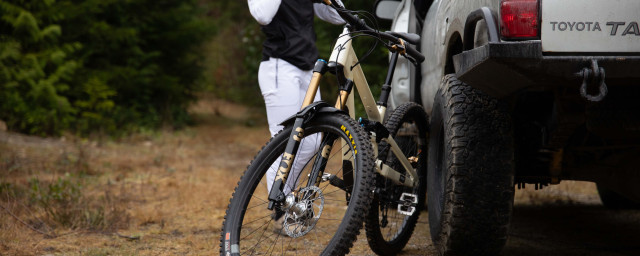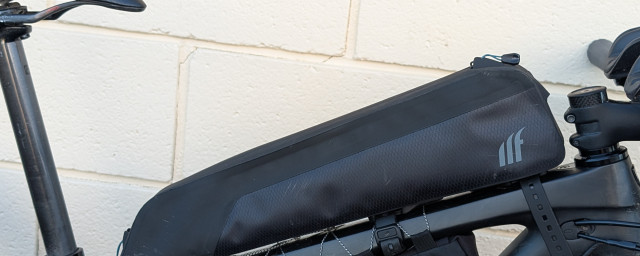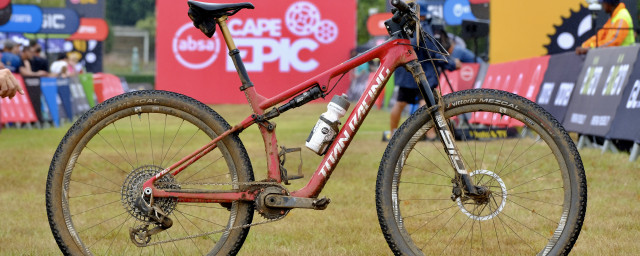What is Q-factor?

Mountain bikes and gravel bikes have a panoply of standards and measurements. And many of these aren’t easy to understand because the naming conventions don’t correlate in plain English. Like Q-factor.
Your crankset has a potentially huge influence on ride comfort and knee health. But too many riders understand crankset dimensions only regarding crankarm length. But your crankset affects leg drive and knee stability in vertical and horizontal planes. And this is where understanding Q-factor becomes valuable.
- Best mountain bike pedals - the best options from XC to Enduro
- Best mountain bike shoes - top-rated flat and clipless kicks
- Best mountain bike tyres - quality rubber for trail, XC and enduro
So what is Q-factor? It’s simply the width of your crankset. When you are seated on the bike, and look down, the Q-factor measurement represents the distance from the outer edge of one crankarm to the other.
But why does the Q-factor matter?
Understanding crankarm length is easy. The longer those crankarms are, the more leverage they can apply. Longer crankarms are better for climbing, but shorter crankarms can generate higher crank rotation speeds.
Generally, crankarm length correlates with frame size: larger frames have longer crankarms, to accommodate taller riders with longer legs. But there is a paradox with crankarm length for off-road cyclists: terrain clearance.
Standard crank arm lengths vary from 165mm to 175mm. If you are riding 175, 177.5 or 180mm crankarms, you are more likely to suffer a pedal strike when riding, especially climbing, technical singletrack littered with rocks and roots. Some mountain bike mechanics and bike build thought leaders encourage riders to use shorter crankarms for superior terrain clearance.
The expansion of mountain bike gearing to 1x12 systems, with large 50- and 52-tooth climbing gears, has compensated for losing climbing leverage when shortening your crankarm length.
If crankarm length is one aspect of crankset measurement that influence your riding, how does the width of your crankset, which is Q-factor, make a difference? You can never completely judge rider compatibility with bike fit until a few hours on the trail. All the adjustments, in reaction to hip and lower limb pain (ankle and knee strain), concern the seat, pedals and cranks. And Q-factor is usually the one number riders don’t consider. But it’s very important – and can’t really be changed, in theory.
You are sort of stuck – with what you have
The effect of Q-factor correlates to rider stance and avoiding shoes scrubbing wide mountain bike tyres, as you pedal. Lean riders with slim hips will probably never benefit from a Q-factor adjustment. But if you are a powerfully built rider with wider hips and stance, you could be a candidate for an increased Q-factor.
What if you suffer knee pain, and have done everything possible to adjust those riding cleats and seat angle? You could need to increase Q-factor to create a less strained pedalling platform when riding.
The margin for adjustment with Q-factor is relatively narrow. You are limited by the type of bottom bracket your mountain or gravel bike has. And its associated crankset. But there are options, as we’ll explain in a bit.
Q-factor and frame damage
You might scuff your mountain bike's chainstays if you ride large mountain bike shoes with an oversized outsole. It’s rare, but heel scuffing is real for riders of a certain shoe size, type and frame choice. And damaging.
The cosmetic wear to a mountain bike shoe’s outsole might not be that much of an issue for you, but scuffing and rubbing a carbon-fibre chainstay isn’t great. Depending on the scuffing and rubbing severity, you might need to invest in a respray. Or, at worst, more comprehensive carbon-fibre repair, if the scuffing and rubbing contact between your riding shoes and chainstay, is severe and prolonged over time.
A solution to ‘heel rub’, is to widen the Q-factor of your crankset. That will create the additional width, giving adequate clearance between your shoe outsole and chainstay, regardless of your pedalling motion and how much lateral ‘float’ you allow, with those cleat settings. Or how many micro adjustments you make when riding on flat pedals.
What are the options for going wider?
If you think a wider Q-factor would benefit your pedalling dynamics, and knee health or save your chainstays from scuffing, how wide should you go?
Mountain bikes use a 73mm bottom bracket width. With downhill bikes edging a bit wider, at 83mm, and fat bikes, to compensate for their huge tyres and pedalling clearance, use a 100/120mm bottom bracket size.
Can you mount a downhill bottom bracket on your cross-country, trail or enduro mountain bike to increase Q-factor? The compatibility issues are quite significant. But there is a way if you want the 10mm greater Q-factor width that an 83mm bottom bracket would provide, compared to 73mm.
Q-factor is set by your frame’s bottom bracket standard, but the stance is not. Stance? Yes. That is the width distance between your pedals, measured side-to-side. And you can manipulate cleat placement, or swap out pedals with longer or shorter spindles, to widen or narrow your stance.
It’s a game of mere millimetres, so the 4-5mm movements you could gain around each pedal, with cleat placement and spindle length, can effectively alter your ‘virtual’ Q-factor by 10mm. Pedal spacers and extenders can help you finetune your stance.
As with all upgrades, think about what the implications are. If you are experiencing heel rub on each ride, accept that your riding style isn’t going to change. And your frame’s chainstays can’t be made smaller. It might be wise to move those cleats and invest in pedals with a longer spindle to avoid damage.
For knee pain, a similar adjustment can cure. But the benefits of stretching and a general knee health routine could also be a remedy.





